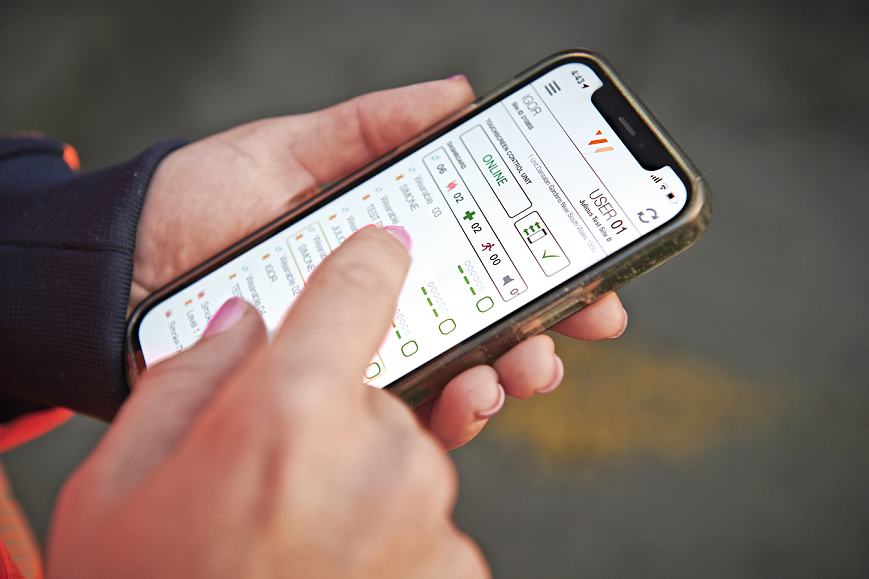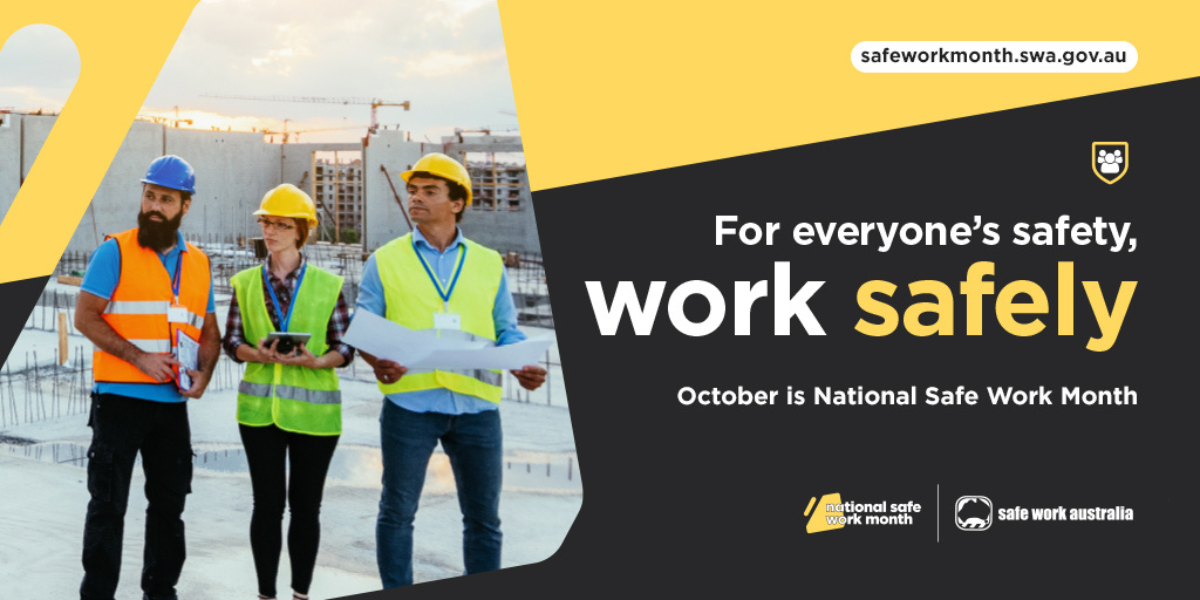October is National Safe Work Month, an annual initiative aimed at raising awareness about workplace health and safety. It provides an opportunity to share valuable resources and offer free training courses to safety managers. However, ensuring safety at work is a collective responsibility, and there are numerous ways in which a workplace can be made safer. Take a look at this list of 10 strategies that can significantly enhance safety standards.
Do any of these strategies resonate with you? Are you currently utilising a robust emergency alert system on your premises in case of an emergency? When was the last time you reviewed and updated your emergency plan and procedures? If you're interested in learning more about how we can assist you in updating your emergency processes on-site, please don't hesitate to contact us.
- Conduct Regular Safety Training
Regularly scheduled safety training sessions can keep safety policies and procedures fresh in everyone's mind, helping employees internalise safe practices and understand the importance of following safety guidelines. This applies to emergency event equipment that workers may need to use during an event such as evacuation triggers or nurse call triggers. They need to know how to raise an alert or what to do if they hear evacuation sirens or messages on the evacuation speakers. Review your emergency plan to identify which areas workers will need inductions on regularly. - Perform Risk Assessments
Carrying out regular risk assessments allows you to identify potential hazards in the workplace. Understanding and assessing the risks in your workplace is the first step in minimising them. Once you've identified the risks - for example the environment changes regularly with obstacles moving on a daily basis - you can identify what processes to include in your emergency plan and what equipment you might need in the event of an emergency. - Clear Communication
Make sure all employees know your company’s safety policies, and have clear lines of communication for reporting hazards or unsafe behaviours. Clear, open communication helps address issues promptly, preventing potential accidents. In an emergency event, how do workers learn of the event, and how do they know what action is required? When time is critical, clear communication such as emergency alert smartphone app notifications or SMS messages can quickly inform workers what they need to do and when. - Provide Adequate Signage
Proper signage can warn employees of potential hazards and guide them during emergencies. Ensure signs are clear, visible, and placed in relevant locations. Vanguard Wireless evacuation sirens, evacuation triggers, and nurse call triggers, are mounted onto bright red, green, and/or yellow reflective aluminium backboards that can be seen by workers from afar. - Maintain Clean and Organised Workspaces
A cluttered, disorganised workspace can lead to accidents like trips and falls. It can also be difficult to find emergency documents like emergency evacuation plans or user guides for equipment. This also applies to emergency equipment if other equipment is positioned in front of it, hiding it from view. It can also apply to escape routes such as evacuation halls and doors. Encourage employees to keep their areas clean and organised to minimise these risks and undertake regular checks of important spaces. - Regular Equipment Maintenance
Routine maintenance of equipment and machinery is crucial. Faulty equipment can cause serious accidents, so ensure all equipment is regularly checked and maintained. This can be part of your daily toolbox sessions, or weekly audits. Things to look for include power delivery (mains or battery), system connectivity (local communications networks), internet connectivity (for smart machines or control panels), high touch buttons still work, fire extinguishers have been checked in accordance with your local regulations, pads for defibrillators haven't expired, and evacuation sirens sound. - Provide Personal Protective Equipment (PPE)
Ensure employees have access to appropriate personal protective equipment that is fit for purpose and also fits appropriately (particularly for women). Also ensure your workers have regular training on how to use and maintain it. PPE is a crucial line of defense against workplace hazards. - Implement Emergency Procedures
Prepare your workforce for emergencies by developing, communicating, and regularly practicing emergency procedures such as evacuations and first aid response. If you're using a Vanguard Wireless evacuation or nurse call system, ensure triggers and sirens are powered up and connected to the network, your TCU is connected to the internet, and your smartphone app users are up to date. Run regular tests in accordance with your workplace emergency plan and make sure every device on the network is named with the appropriate level and location (so the emergency alert correctly indicates where the emergency is). - Encourage Breaks
Overworked employees can become fatigued, leading to mistakes and accidents. Awards, enterprise agreements and other registered agreements set the rules for paid and unpaid rest breaks, including the length of the breaks and when they need to be taken. Encourage regular breaks to help employees stay alert and focused. - Promote a Safety Culture
Foster a culture of safety by involving everyone in safety decisions and valuing their input. Multiple departments should be involved in the development of a workplace emergency plan. Workers should be given an opportunity to raise concerns in a safe, and confidential manner without risk of reprisal. Positive safety actions and behaviour should be recognised and rewarded. The business should perceive safety as one of its core values and introduce technology that can help workers improve safety on site.
Learn more about how your workplace can get involved in Safe Work Month.


